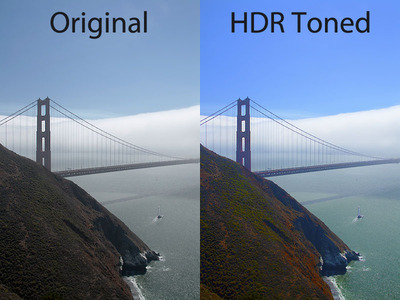Essential gear for photographers is lighter and more powerful than ever. But how light can you go and still have everything you need? How does 5.5 pounds sound? Yes, that's total weight that includes camera, computer (with full keyboard), tripod, bag, extra battery, extra memory, glasses, cables, iPod, and a few personal items. All of this for less than 6 pounds.

With this set up, I can shoot Raw+Jpeg, transfer photos from camera to computer, upload them to my website, answer email, write notes, edit my pictures, and just about any other task I need. I can use a local WiFi network or tap a cellular connection.
In this week's podcast, I list every item in my Nimble Photographer kit. Plus I include links to these items here in the show notes. You can certainly substitute items as needed, but this lineup will get you headed in the right direction.
Listen to the Podcast
Watch the Movie
In this video, I show you all of the gear that I use for the Nimble Photographer kit.
Parts List for Nimble Photographer
You can also download the podcast here (33 minutes). Or better yet, subscribe to the podcast in iTunes. You can support this podcast by purchasing the TDS iPhone App from the Apple App Store.
Monthly Photo Assignment
Fire is the May 2010 Photo Assignment. You can read more about how to submit on our Member Participation page. Deadline for entry is May 31, 2010.
Simone Brogini was the "Sizzlpix Pick of the Month" for Photo Assignment 49. The prize is an 11"x14" Sizzlpix of the winning photograph. Congratulations Simone! (BTW: it's pronounced "Si Mon Ne" regardless of how badly I pronounce it on the show.)
More Ways to Participate
Want to share photos and talk with other members in our virtual camera club? Check out our Flickr Public Group. It's a blast!
 Follow me on Twitter
Follow me on Twitter
-
Podcast Sponsors
Red River Paper -- Try the $7.99 Sample Kit.
Make Your Photos Sizzle with Color! -- SizzlPix is like High Definition TV for your photography.
Technorati Tags:
digital photography, podcast, technique, Technology, The Digital Story, tips













